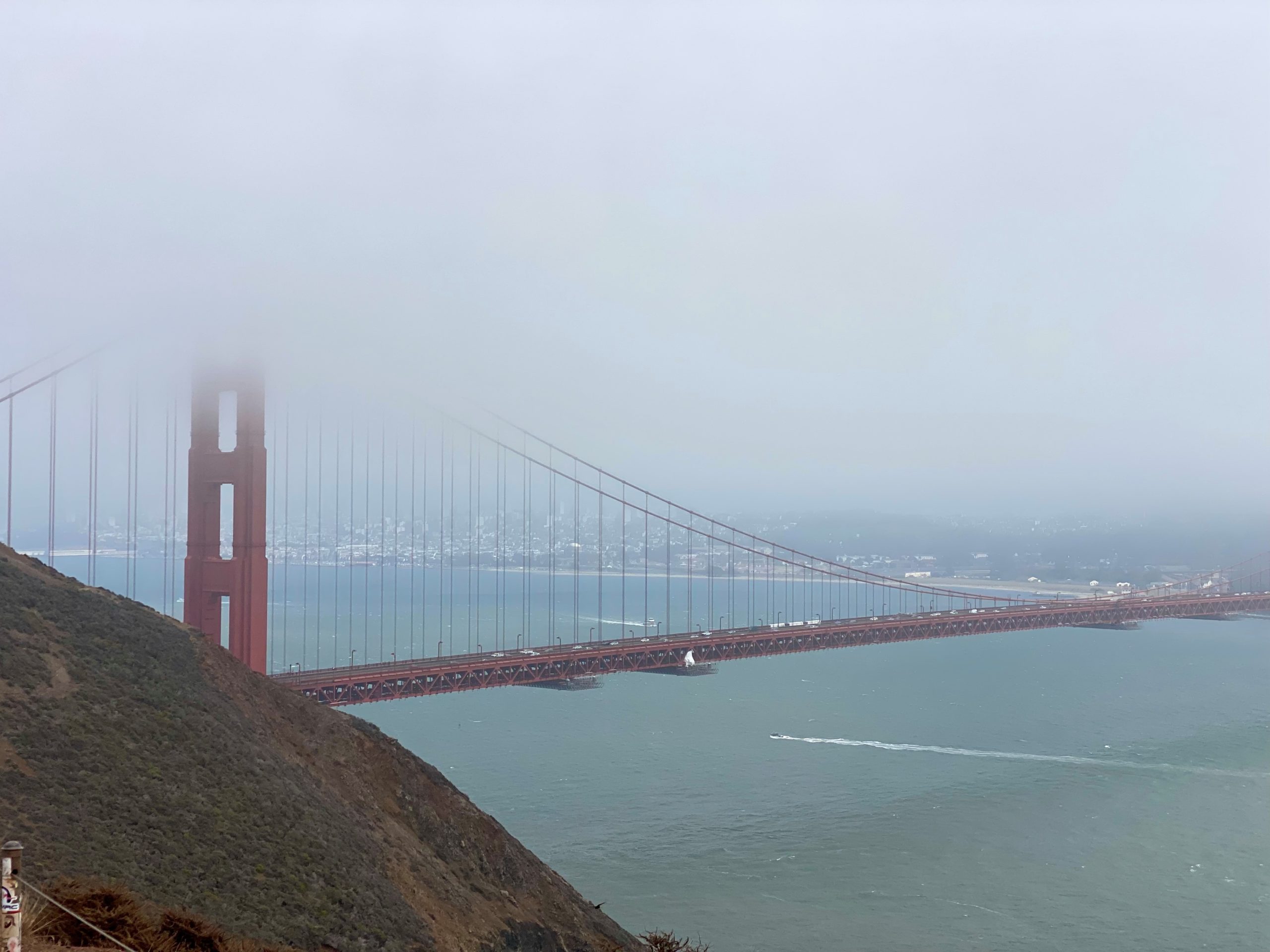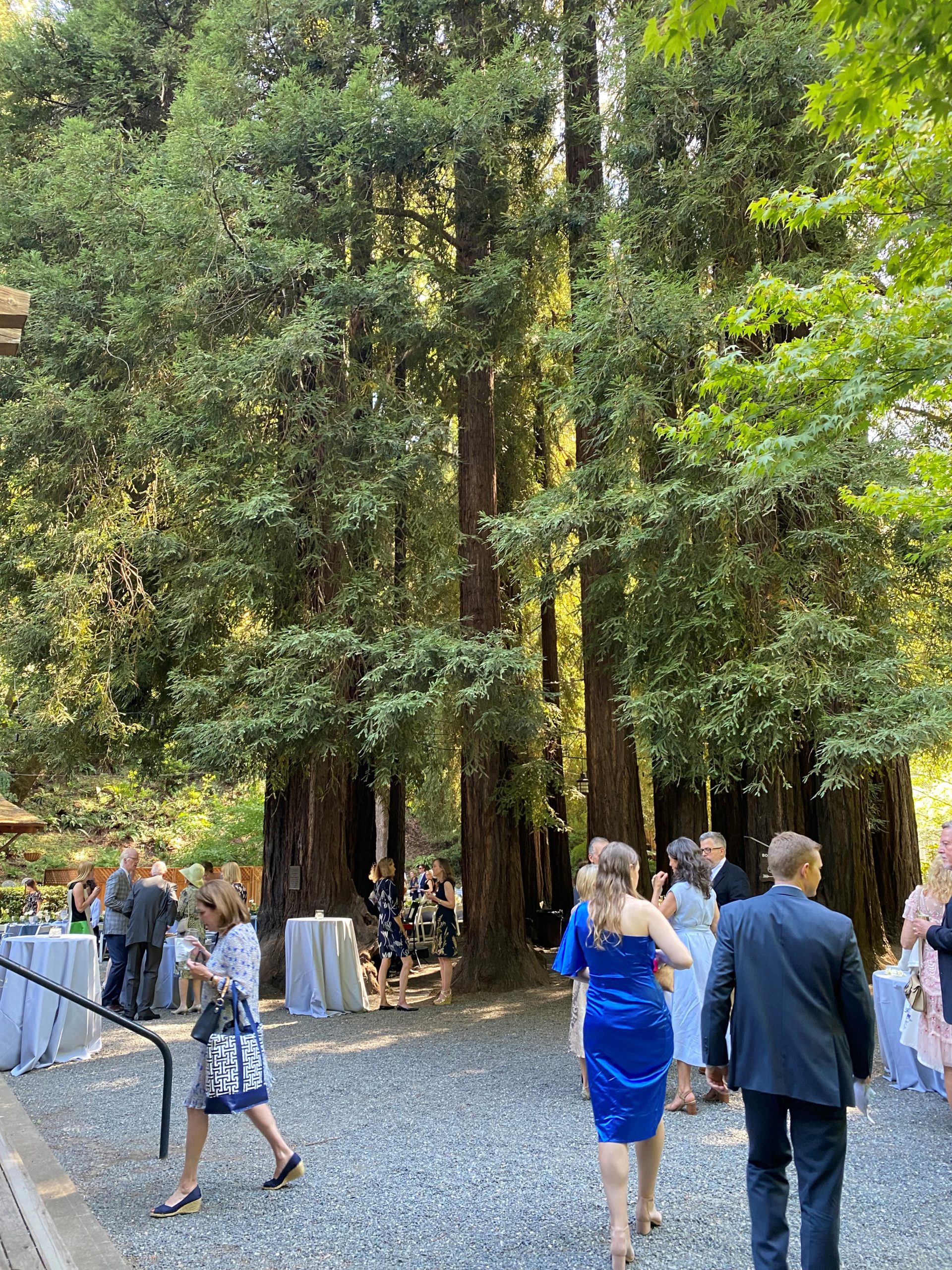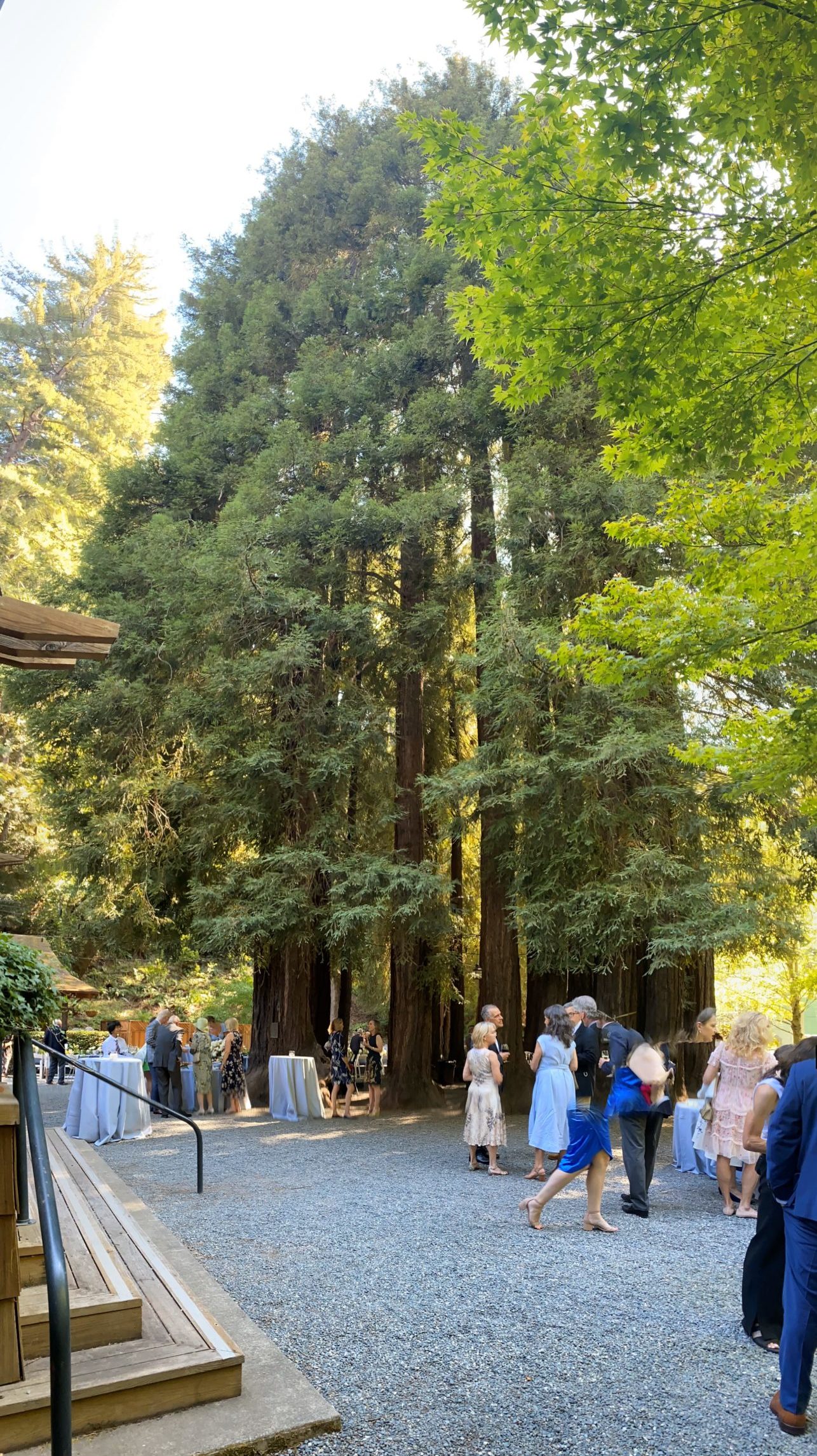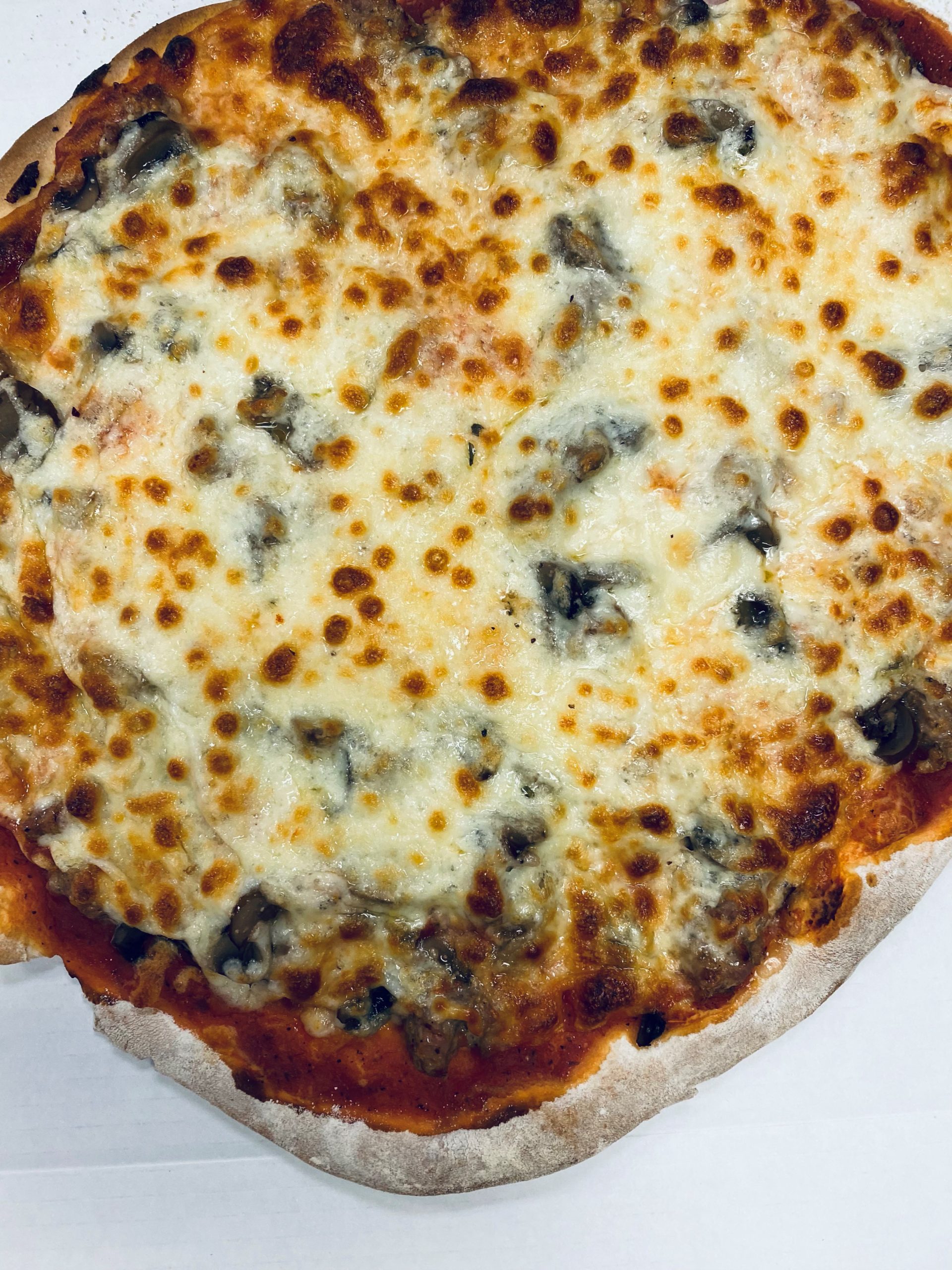Over the years, smartphones have grown to be sensational products that we simply cannot live without. Not only have these devices become more intuitive and functional, but they have also started to grow in quality. One of the best examples of this comes from the smartphone camera. Because of this development in technology, anyone can take an exceptional photo without the use of professional equipment. Of course, there are some ways to make your smartphone photos even better. Here’s how to improve your smartphone photos with ten simple tricks.
Before you do anything, it’s important to make sure that your gear is all in order. One of the best ways to do that is to clean off your camera. This simple technique will go a long way in enhancing your shots. While this may seem simple enough, there are some ways you could damage your lens in the process. For example, using course materials like your jeans, a cotton shirt, or a damp napkin, may actually harm your camera lens over time. To keep the scratches away, try a microfiber cloth to clean the smudges off.
The tripod tool is a favorite amongst photographers! We all know how hard it can be to maintain a steady grip on your phone, especially if the weather is cooler or if you’ve had to hold your phone up for a while. That’s where a tripod comes into play. You can buy a more professional tripod and phone-mounting attachment if you’re looking for something sturdier. However, there are tons of other tripod options available on the market. One of our favorites is a pocket-sized tripod because it’s perfect for on-the-go smartphone photography.
This is where a little creativity comes in handy. Framing your shot is all about finding the best position for your subject. We know this can be a difficult task, but there is some good news! Your smartphone can assist you when it comes to framing and composing your photos. Whether you have an iPhone or an Android device, you have the option to turn on a grid view. This will help you to compose a better image and keep your shot parallel with any vertical or horizontal lines. Here’s how to make it happen:
Something most amateur photographers don’t know is that exposure can make or break a photo. In fact, it can be the difference between a shot which beautifully highlights your subject or one that hides your subject in the shadows. Luckily, there’s an easy fix for this when shooting on a smartphone. To properly expose your subject, simply tap your screen to lock the focus on your subject. Of course, you can always tap elsewhere on your screen to underexpose your subject and achieve a more artsy shot.


Our final piece of advice is all about finding natural light. Let’s be honest, nobody looks amazing under the harsh lighting of a camera flash or the glaring ray of light that comes from a single-source bulb. These light sources can give your photos an odd color and even make them look unnatural. That’s why we recommend looking for other, more natural, light sources.
For many of us, the go-to technique for getting a good shot from far away is to utilize the digital zoom option on our phones. While this may be the popular option, it’s definitely not the best. Essentially, digitally zoomed photos are just cropped and resized. Not only does this create a grainier image, but it also reduces the overall resolution of your photo. Try to avoid the digital zoom option as often as possible. Instead, try to get closer to your subject by physically moving towards it.
This is one of the most effective ways of drawing a viewer’s attention toward your subject. Leading lines create a sense of depth and perspective, especially when they start in the foreground and exit in the background of your shot. Some common examples of leading lines are railroad tracks, stairs, road lines, and fences.
The panorama shot is perfect for capturing even more than what fits naturally in your frame. You’ll need to have a steady hand and avoid camera shake when shooting this way. Try utilizing a tripod or balancing your arm on something stable in front of you to achieve a smooth and seamless photo. BONUS TIP: while most panorama shots are taken horizontally, vertical panorama shots are quickly rising in popularity. Try it out and marvel at the results!




If you want to take your smartphone photos to the next level without going all-in on professional equipment, you’re in luck! You can buy add-on lens attachments for your phone! These small lenses come in a variety of options, like macro, fisheye, telephoto, and more. They’re lightweight, portable, and relatively inexpensive! With so many benefits, there’s no reason not to take advantage of lens attachments at your next cell phone photoshoot!
Our final cell phone photography tip is to try using filters on your photos. A filter can completely change the feel of your photo. They can set the tone and further communicate the message your want to send. Something you may want to consider, though, is how often to use a filter. On the one hand, you may only want to use a particular filter effect on one image to enhance a singular photo. On the other hand, it could be helpful to build a sense of consistency and style to all your shots.


Possibly the best tip we can offer is to just go out and take lots of pictures with your smartphone! You know what they say, practice makes perfect. Spend some time putting all these tips and tricks into action and watch as your phone photography steadily improves. If you are interested in learning more about marketing from Point of Action or if you wish to learn more about our photography services, fill out our contact form and let us know how we can help you! We can’t wait to hear from you.
| Cookie | Duration | Description |
|---|---|---|
| cookielawinfo-checkbox-analytics | 11 months | This cookie is set by GDPR Cookie Consent plugin. The cookie is used to store the user consent for the cookies in the category "Analytics". |
| cookielawinfo-checkbox-functional | 11 months | The cookie is set by GDPR cookie consent to record the user consent for the cookies in the category "Functional". |
| cookielawinfo-checkbox-necessary | 11 months | This cookie is set by GDPR Cookie Consent plugin. The cookies is used to store the user consent for the cookies in the category "Necessary". |
| cookielawinfo-checkbox-others | 11 months | This cookie is set by GDPR Cookie Consent plugin. The cookie is used to store the user consent for the cookies in the category "Other. |
| cookielawinfo-checkbox-performance | 11 months | This cookie is set by GDPR Cookie Consent plugin. The cookie is used to store the user consent for the cookies in the category "Performance". |
| viewed_cookie_policy | 11 months | The cookie is set by the GDPR Cookie Consent plugin and is used to store whether or not user has consented to the use of cookies. It does not store any personal data. |